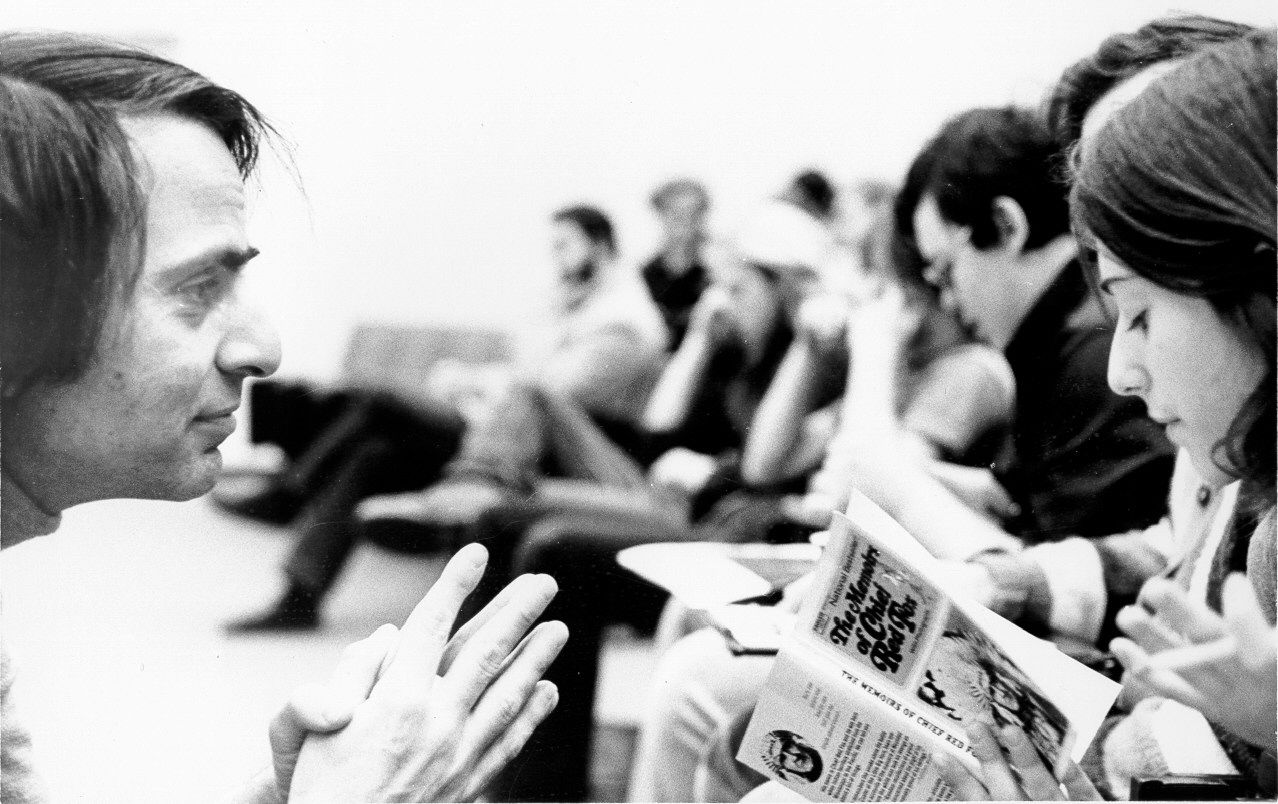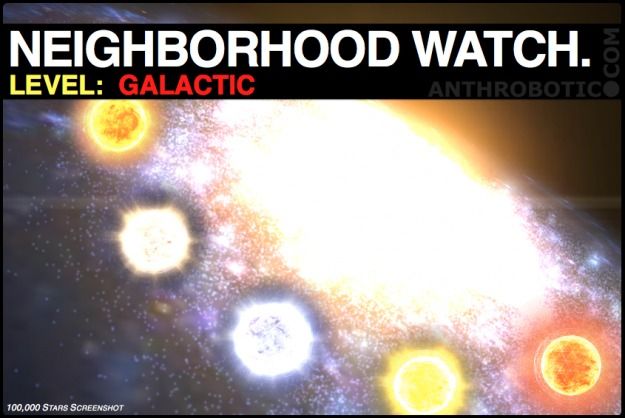To achieve interstellar travel, the Kline Directive instructs us to be bold, to explore what others have not, to seek what others will not, to change what others dare not. To extend the boundaries of our knowledge, to advocate new methods, techniques and research, to sponsor change not status quo, on 5 fronts, Legal Standing, Safety Awareness, Economic Viability, Theoretical-Empirical Relationship, & Technological Feasibility.
In this post I have updated the Interstellar Challenge Matrix (ICM) to guide us through the issues so that we can arrive at interstellar travel sooner, rather than later:
Interstellar Challenge Matrix (Partial Matrix)
| Propulsion Mechanism |
Relatively Safe? |
Theoretical-Empirical Relationship? |
| Conventional Fuel Rockets: |
Yes, but susceptible to human error. |
Known. Theoretical foundations are based on Engineering Feasible Theories, and have been evolving since Robert Goddard invented the first liquid-fueled rocket in 1926. |
| Antimatter Propulsion: |
No. Extensive gamma ray production (Carl Sagan). Issue is how does one protect the Earth? Capable of an End of Humanity (EOH) event. |
Dependent on Millennium Theories. John Eades states in no uncertain terms that antimatter is impossible to handle and create. |
| Atomic Bomb Pulse Detonation: |
No, because (Project Orion) one needs to be able to manage between 300,000 and 30,000,000 atomic bombs per trip. |
Known and based on Engineering Feasible Theories. |
| Time Travel: |
Do Not Know. Depends on how safely exotic matter can be contained. |
Dependent on a Millennium Theory. Exotic matter hypotheses are untested. No experimental evidence to show that Nature allows for a breakdown in causality. |
| String / Quantum Foam Based Propulsion: |
Do Not Know. Depends on how safely exotic matter can be contained. |
Dependent on a Millennium Theory. String theories have not been experimentally verified. Exotic matter hypotheses are untested. Existence of Quantum Foam now suspect (Robert Nemiroff). |
| Small Black Hole Propulsion: |
No. Capable of an End Of Humanity (EOH) event |
Don’t know if small black holes really do exist in Nature. Their theoretical basis should be considered a Millennium Theory. |
It is quite obvious that the major impediments to interstellar travel are the Millennium Theories. Let us review. Richard Feynman (Nobel Prize 1965) & Sheldon Lee Glashow (Nobel Prize 1979) have criticized string theory for not providing novel experimental predictions at accessible energy scales, but other theoretical physicists (Stephen Hawking, Edward Witten, Juan Maldacena and Leonard Susskind) believe that string theory is a step towards the correct fundamental description of nature. The Wikipedia article String Theory gives a good overview, and notes other critics and criticisms of string theories. In What is String Theory? Alberto Güijosa explains why string theories have come to dominate theoretical physics. It is about forces, and especially about unifying gravity with the other three forces.
Continue reading “The Kline Directive: Theoretical-Empirical Relationship (Part 4)” »

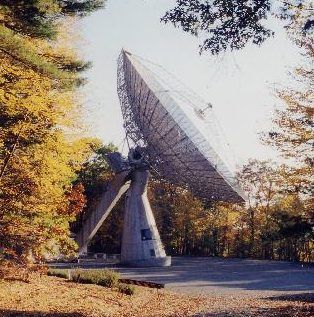 The Fermi Paradox has always fascinated me, perhaps because SETI spokesperson, Carl Sagan was
The Fermi Paradox has always fascinated me, perhaps because SETI spokesperson, Carl Sagan was 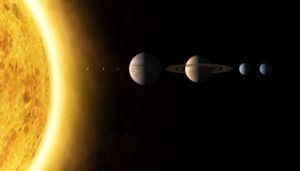 What’s wrong with this illustration of the planets in our solar system? »
What’s wrong with this illustration of the planets in our solar system? »
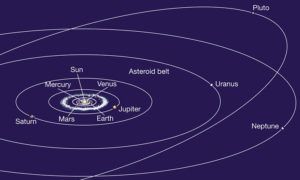 So, forget it lining up with anything, except on rare occasions, when it crosses the equatorial plane. On that day, you might get it to line up with one or two planets.
So, forget it lining up with anything, except on rare occasions, when it crosses the equatorial plane. On that day, you might get it to line up with one or two planets.
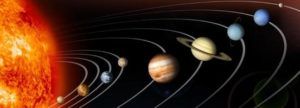 Space is mostly filled with—well—space! Lots and lots of it. In fact, if Pluto and our own moon were represented by just a single pixel on your computer screen, you wouldn’t see anything around it. Even if you daisy chain a few hundred computer screens, you will not discern the outer planets. They are just too far away.
Space is mostly filled with—well—space! Lots and lots of it. In fact, if Pluto and our own moon were represented by just a single pixel on your computer screen, you wouldn’t see anything around it. Even if you daisy chain a few hundred computer screens, you will not discern the outer planets. They are just too far away.